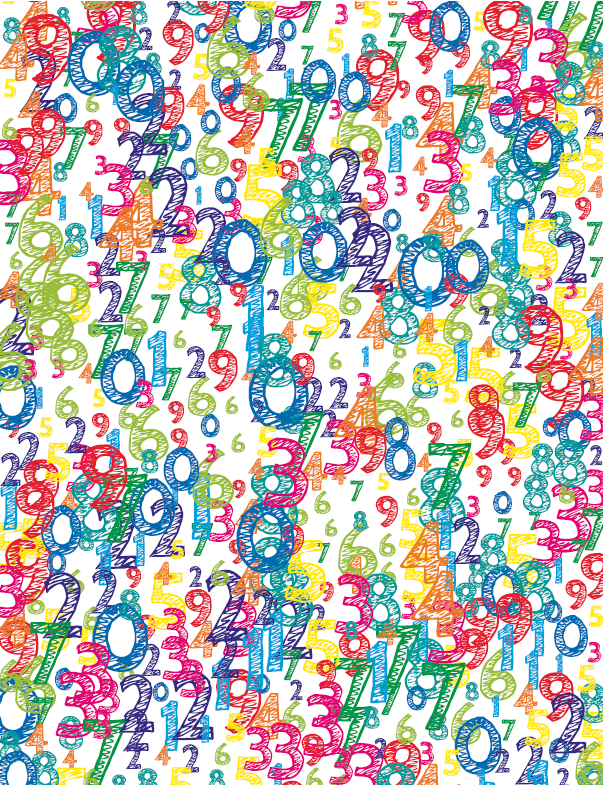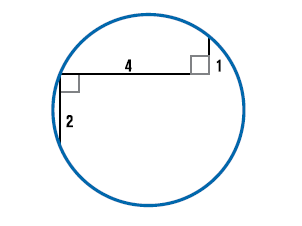
What is the probability that a random permutation of the numbers 1 through 100 will not have any consecutive numbers placed next to each other?
What is the area of the circle in the image below?
Jerry Miccolis submitted the following solution. The three points that intersect the circle are non-collinear, thus uniquely define the circle. With no loss of generality, we can designate those three points in Cartesian coordinates as (0,0), (0,2), and (4,3). Substituting those three points into the general equation for a circle, (x–h)2 + (y–k)2 = r2, gives us three equations in three unknowns. Solving those simultaneous equations for r2 gives us r2 = 425/64, and the area is π times that value, or (425/64)π square units.
Solutions were also submitted by Roger Bovard, Al Commodore , Bob Conger, Dave Dexter, Dominick Elia, Moshe Gelbwachs, Robert Hark, Paul Henning, Rob Kahn, Rich Kollmar, Aaron Mostrom, Jim Muza, Sean Porreca, David Schofield, Emily Sledge, Chris Terrill, William Volterman and Paul Zotti.














